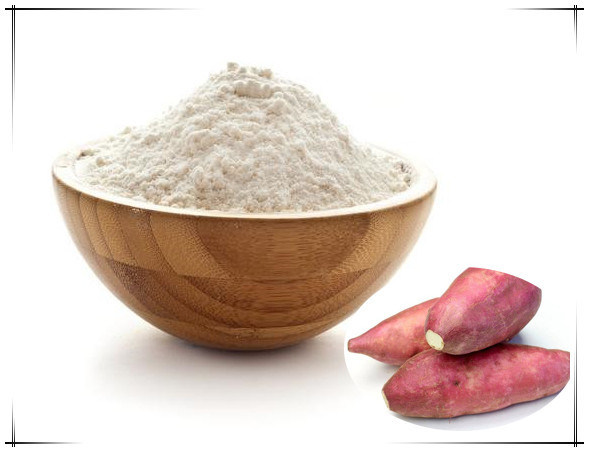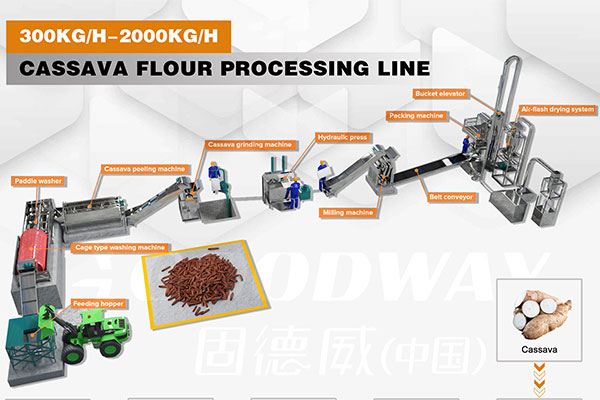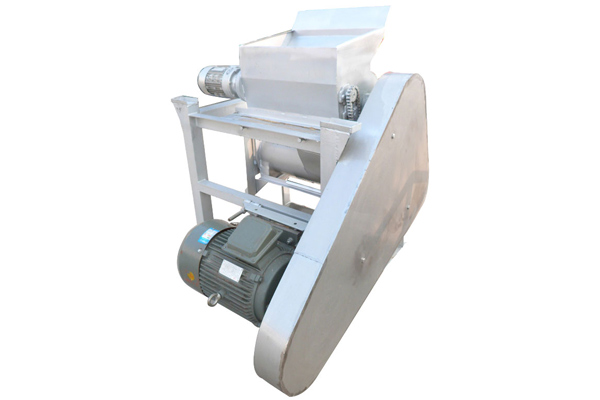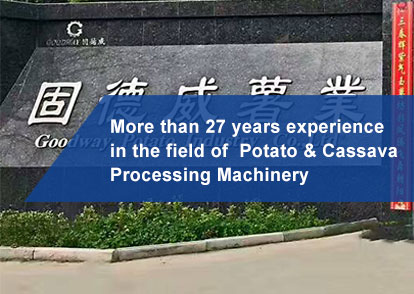In today's agricultural industry, the construction of professional starch processing plants for cassava and potatoes has become a strategic investment. With the increasing demand for starch-based products, understanding the intricacies of plant construction and analyzing its economic benefits is crucial. Here's a comprehensive guide to help you navigate this process.

Site Selection for Starch Processing Plant
The first step in setting up a starch processing plant is selecting the right location. It should be:
Conducive to plant operations, considering the terrain, slope, and area requirements for efficient transportation, water supply, drainage, and processing.
Equipment and Production Process Selection
Choosing the right equipment and production process depends on your investment capacity and the quality requirements for the starch.
Small-scale Farmers and Family Workshops
With minimal investment (around 1-30,000), these setups rely mainly on manual labor and simple machinery. They produce small quantities of starch (0.3-1 ton) using basic equipment and traditional processes like acid slurry precipitation.
Small and Medium-sized Enterprises
SMEs offer a more mechanized approach, with initial investments ranging from 150,000 to 200,000. They can process 5-10 tons of fresh potatoes or cassava per hour, producing 10-20 tons of starch daily. As the investment increases (up to 500,000-1 million), the production capacity and equipment sophistication also grow, including multi-stage cleaning, crushing, filtering, refining, dehydrating, and drying equipment.
Large-scale Enterprises
For large-scale operations with investments exceeding 1 million, full automation and state-of-the-art equipment are the norm. These plants can process up to 200-500 tons of fresh potatoes or cassava daily, achieving starch extraction rates of over 95%. The equipment includes advanced multi-stage cleaning, crushing, filtering, refining, dehydrating, and drying systems.
Economic Analysis
Investing in a starch processing plant offers several economic benefits:
With careful planning, proper equipment selection, and efficient operations, a starch processing plant can become a profitable venture, driving economic growth and agricultural development in your region. Goodway, as a leading manufacturer and supplier of potato and cassava processing machinery, is committed to supporting your journey in building a successful starch processing plant.

 EN
EN
 fr
fr  es
es  it
it  pt
pt 








